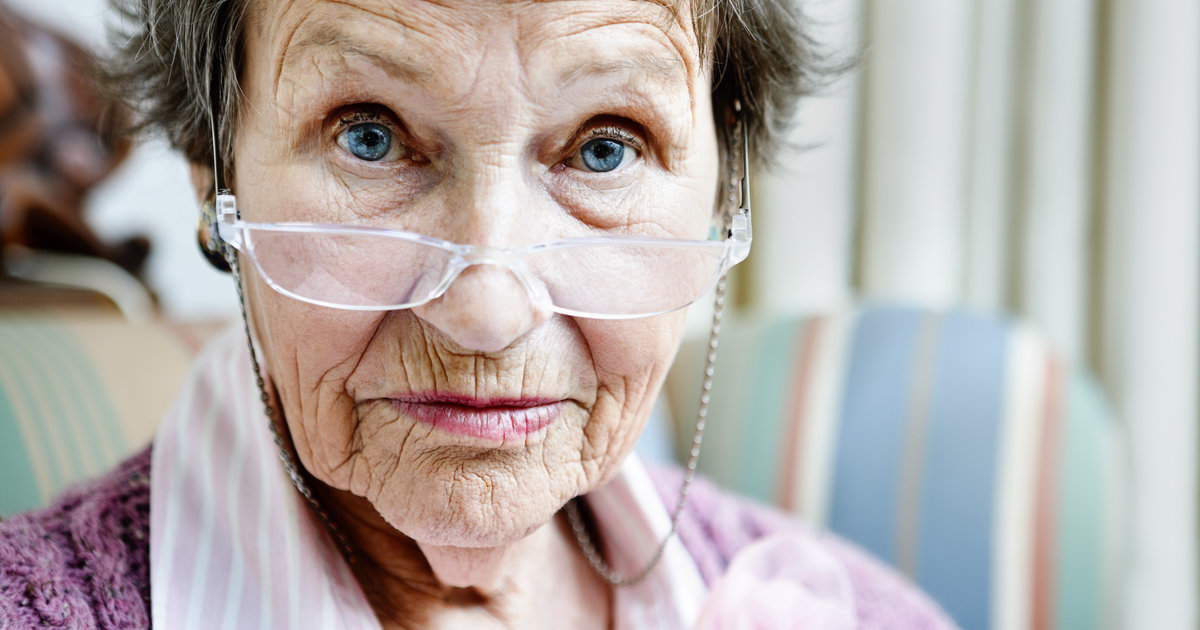What Increases The Risk Of Merkel Cell Carcinoma?
Merkel cell carcinoma is a rare skin cancer that begins in specific cells in the epidermis, called Merkel cells. Merkel cells are a kind of neuroendocrine cell because they have some characteristics of nerves and hormone-making cells. These cells assist with the sense of touch used to feel fine details on the surface of an object. Although Merkel cell carcinoma is a rare type of skin cancer, it is one of the most dangerous types. It is known to spread to other regions of the body quickly, which makes it challenging to treat. The tumors that form in Merkel cell carcinoma have the appearance of firm red, pink, or purple bumps or lumps on the skin. Most Merkel cell carcinoma tumors occur on the skin surface, but they may also develop on other regions like the esophagus or nasal passages.
History Of Skin Cancer

Cancers that originate in the skin cells occur when damage in a cell causes an error or mutation in the cell's DNA. The genes in a cell's DNA that control when the cell divides, grows, and dies are called oncogenes. Genes in a cell's DNA that control the frequency and rate of cell division and cellular death are called tumor suppressor genes or antioncogenes. A patient who has had prior occurrences of skin cancer in their life is at an increased risk of developing Merkel cell carcinoma because the DNA in their skin cells has already sustained damage or been altered before. It usually requires numerous gene changes in a cell's DNA for cancer to occur, but some of these changes are already present in individuals who have a history of skin cancer. Because fewer mutations of the cellular DNA are required to cause cancer in these individuals, they are at an increased risk of developing cancer in the Merkel cells. A history of skin cancer can also indicate an individual has a hereditary predisposing factor where they lack one or more of the normal tumor suppressor genes in their DNA.
Light Skin Color

Skin cancer occurrence, including that of Merkel cell carcinoma, is typically higher in individuals who are light skinned than in those who have darker skin. The reason for this has to do with the amount of melanin present in the body and skin. Melanin is the compound that provides the hair, eyes, and skin with their level of pigmentation. Melanin is also responsible for the protection of the body's cells from harmful ultraviolet rays. Melanin accomplishes this by absorbing the ultraviolet energy and deflecting it away from the cells of healthy tissues. The skin cells of individuals with light skin do not receive as much protection from the melanin pigment as the skin cells of darker skinned individuals. This lack of protection makes their skin cells more susceptible to damage from ultraviolet rays that results in Merkel cell carcinoma. In addition, individuals with a light skin color have more spots of discoloration on their skin like moles and freckles. About half of all skin cancers originate from a pre-existing discoloration in the skin. Both a lack of protection and a higher frequency of skin discolorations make light-skinned individuals more prone to developing Merkel cell carcinoma.
Exposure To Ultraviolet Light

The sun and several other sources emit a form of electromagnetic radiation called ultraviolet light. Ultraviolet light is emitted in different wavelengths and frequencies depending on its source. There are two main types of ultraviolet rays that can cause the kind of cellular damage that results in skin cancers, including Merkel cell carcinoma. UVA rays are potent high-energy rays with a significant aging effect on the skin and have the ability to cause skin cancers. UVB rays are the most damaging form of high-energy ultraviolet rays that cause direct damage to the human and animal cellular DNA. Ultraviolet rays also have an adverse effect on the process of cellular repair. This adverse effect gives the mutated cells the opportunity to learn how to evade cellular apoptosis or death. Because ultraviolet radiation is so damaging to the cells and their DNA, it is known to be the most significant risk factor that increases an individual's chance of developing Merkel cell carcinoma. The best way to prevent Merkel cell carcinoma is to reduce exposure to ultraviolet radiation. Exposure to ultraviolet light is greater in areas located at higher altitudes, in conditions of minimal cloud cover, in areas closer to the equator, during certain seasons, and at specific times during the day.
Weakened Immune System

A weakened immune system can cause an individual to be more susceptible to developing Merkel cell carcinoma because of the Merkel cell polyomavirus (MCV). About eighty percent of Merkel cell carcinoma patients present with MCV in their cancer cells. It is common for an individual to contract the Merkel cell polyomavirus at some point in their lifetime, but it rarely causes any noticeable symptoms or complications. A healthy individual's immune system is able to keep MCV at bay when and if the virus is encountered. However, a patient with a compromised immune system due to medication, disease, or genetics is unable to stop the virus from growing beyond control. When a patient's weakened immune system allows the Merkel cell polyomavirus to flourish, the virus invades cells and causes them to produce a particular protein. This specific protein has the ability to deactivate numerous tumor suppressor genes that are responsible for the inhibition of cancerous cell growth. This mechanism that occurs between MCV and a compromised immune system can increase an individual's risk for developing Merkel cell carcinoma.
Older Age

Individuals of advanced age have a higher probability of developing Merkel cell carcinoma. Eighty percent of all patients affected by Merkel cell carcinoma are older than seventy. A few mechanisms contribute to the increased risk factor of advanced age. Individuals who are older have had more cumulative sun exposure than younger individuals. This prolonged exposure to ultraviolet radiation means older individuals are more likely to have sustained more damage to their skin cells. More damaged skin cells indicate older individuals also have more pre-cancerous skin cells. In addition, the immune system begins to decline in function as an individual reaches an advanced age. This decline means the immune system is not able to target and clear abnormal cells very well before they begin to grow into a malignant tumor. In addition, the decline in immune function can allow the Merkel cell polyomavirus to grow if it is encountered or already present. These mechanisms may increase an individual's risk of developing Merkel cell carcinoma independently, or they may do so in combination with each other.